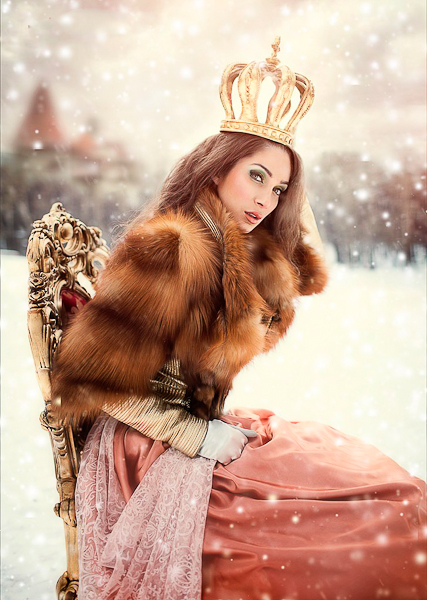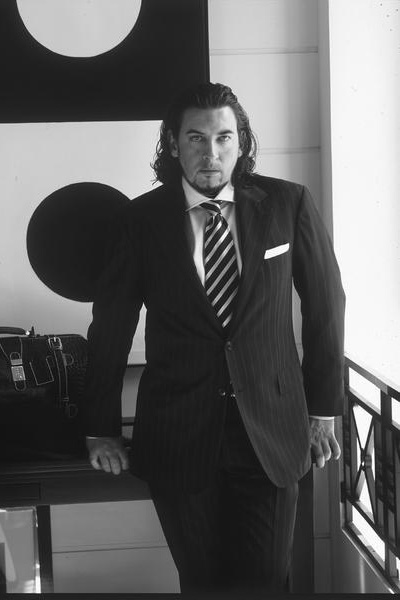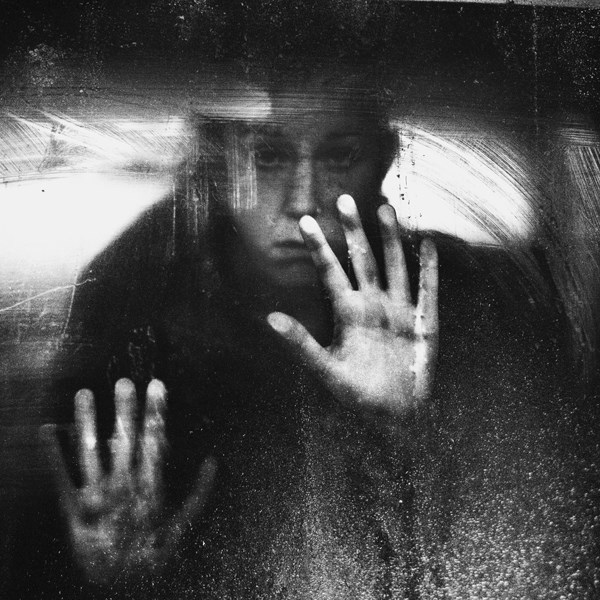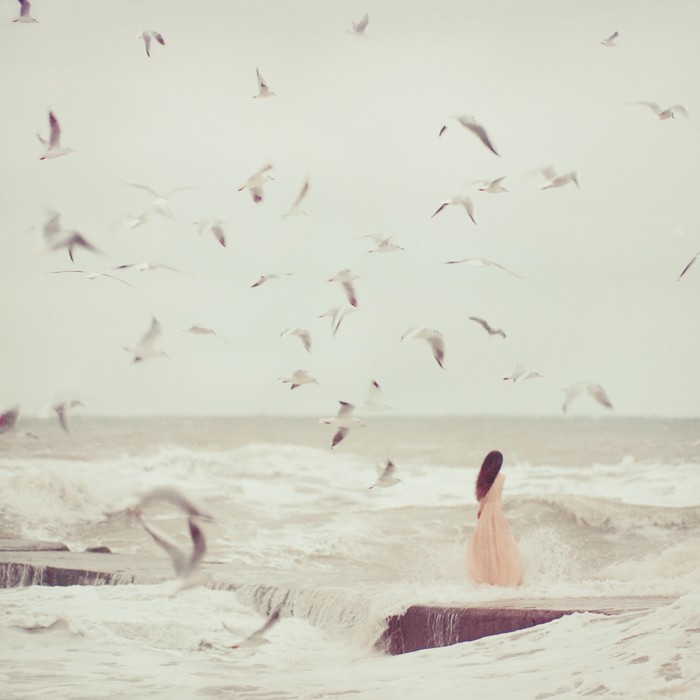PORTRAITS as a mirror of the soul
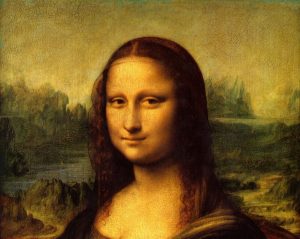 Portrait is a realistic genre depicting a person or a group of people existing in reality. The portrait – in French reading – portrait, from the old French portraire – “to reproduce something the line in line”. Another facet of the name of the portrait lies in the outdated word “parsuna” – from the Latin. persona – “personality; individual”.
Portrait is a realistic genre depicting a person or a group of people existing in reality. The portrait – in French reading – portrait, from the old French portraire – “to reproduce something the line in line”. Another facet of the name of the portrait lies in the outdated word “parsuna” – from the Latin. persona – “personality; individual”.
The origin of the term “portrait”
The Frenchman Andre Felibien (1619 – 1695), the official court historian of King Louis XIV, was the first to suggest that the word “portrait” be the images of exclusively “human beings”, thereby separating man from the animal and plant worlds.
The origin of the portrait genre
The man tried to portray himself like tens of thousands of years ago. The first portrait can be considered an image found in France in the Viloner cave near Angouleme. The author of the portrait, who lived about 27 thousand years ago, caught a resemblance of the bends of the cave wall with a human face and tried to strengthen it with chalky lines emphasizing the eyes, mouth and nose.
Images of a person most close to the modern interpretation of the portrait were inherent in ancient Egyptian sculpture. The portrait was part of a religious cult on a par with the practice of mummification. Images of the dead copied the appearance of a person during his lifetime. They were placed in tombs, depicted on sarcophagi and installed in temples in the form of sculptures. The most famous portraitist of ancient Egypt is the sculptor Thutmose the Younger, the author of the famous portrait of Queen Nefertiti.
Thutmose workshop. Nefertiti Bust
OK. 1351–1334 BC. er New Museum, Berlin. Source: Wikipedia
Also in Arthive: Fayum portrait
The Greeks to the V century BC. the portrait was not honored: the Greeks feared that realistic images deny equality among citizens and contribute to the development of vanity. And only under Alexander the Great the sculptor Lysippus began to depict faces from nature, revealing the individual characteristics of the person being portrayed. The Romans contributed to the development of the genre, adding a new kind of sculptural portrait – bust, and also increased attention to the image of a particular person, moving from idealization to personalization. The production of death masks, peculiar to cultural customs, gave the Roman artists a great experience in the anatomical and naturalistic concept of depicting human faces. It is the Roman sculptural portrait that is considered one of the most realistic in the history of fine art.
Bust Commodus. Rome, Vatican Museums, Chiaramonti Museum
In Christian Europe, the first ten centuries, the portrait genre did not actually develop. Artists were limited to church canons, and rare portraits of that period were very simplistic images. In the Middle Ages, the faces of saints and other characters in the picture were sometimes given features of real people. Only from the 10th century does a new growth of artists’ interest in this genre begin, which is expressed mainly in the images of rulers and their families. However, the compositions on religious subjects also “met” real prototypes – as a rule, customers of works for churches and cathedrals.
The splendor of the royal court of France leads at the end of the XIV century to the flourishing of the portrait genre, which acquired a new life in the Renaissance. This contributed a lot to the introduction of oil painting technique. Masters of the High Renaissance finally move away from the religious component of the portrait genre, placing emphasis on the person being portrayed, his rich inner world. It was during this period that the most famous female portrait was created – “Mona Lisa” by Da Vinci, and Raphael wrote the most famous portrait of a man – his friend Baldassare Castiglione.
With the advent of mannerism, the portrait loses its sharpness, and the next wave of the flowering of the genre falls on the artists of the Flemish and Dutch schools. In search of new meanings, artists turn from high-ranking people to people of simple origin; Fishermen, traders, gypsy women and beggars become heroes of portrait types. The ceremonial portrait was widely spread. Artists began to attach great importance not only to the expression of the face, but also to the pose of the portrait; movement appears in the portraits, reinforcing the impression of the picture on the audience.
By the beginning of the XVIII century, the portrait, as they say, was “adjusted” – the images become too heavy, idealized and mannered. In addition, academicism attributed the portrait genre to “low” – as opposed to “high” historical and mythological genres. Artists often flatter their models, great attention is paid to clothes, hairstyles and jewelry.
